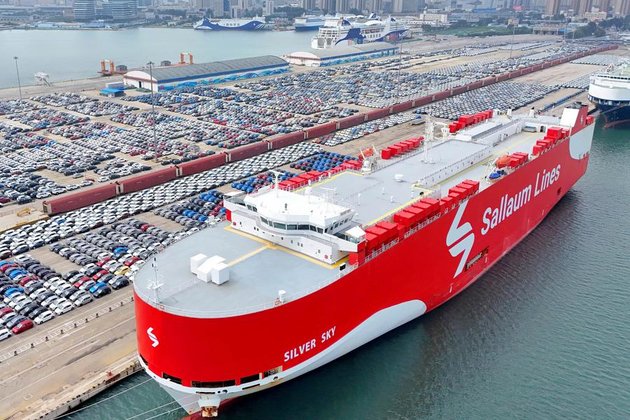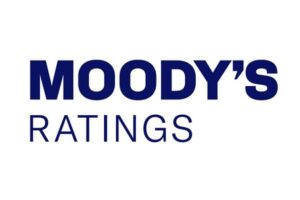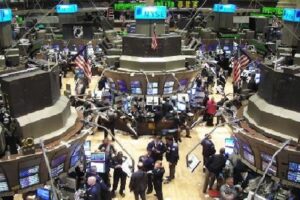U.S. protectionism won’t propel own industrial prowess, only backlash


BEIJING, Sept. 15 (Xinhua) — “Flowers raised in the greenhouse are not able to withstand a storm when moved outside.”
This Chinese saying, taken as an axiom especially in the business circle, should sound the alarm for U.S. politicians seeking to shelter domestic industries through protectionist measures.
The Office of the U.S. Trade Representative (USTR) announced Friday that the U.S. administration has finalized tariff hikes on some Chinese imports including electric vehicles (EVs) and solar cells as part of an effort to protect certain domestic industries. However, history and the principles of market economics will demonstrate the futility of such endeavors.
The rise of China’s new energy vehicles stands as a testament to the fact that true comparative advantages are built upon continuous technological innovation, well-established industrial and supply chains, and vigorous market competition, rather than buying time to catch up through protectionism.
Chinese manufacturers of solar panels, batteries and EVs are at the cutting edge of innovation in their fields, observed Martin Chorzempa, a senior researcher with the Peterson Institute for International Economics.
“Chinese automakers, for example, forged through cutthroat domestic competition and are now able to compete with well-established foreign brands, even in luxury segments,” Chorzempa said.
The tariff hikes came as China’s investment in advanced manufacturing has been mainly seen as a menace by the United States, which is seeking to monopolize the higher end of the global industrial ladder. It’s a tired, old trick deployed by the world’s top economy to suppress its challengers in specific industries by protectionist means.
However, if the market principles and trade theories that the United States and the West adhere to still hold true, their trade protectionism won’t result in boosting domestic specific industries.
This was evident in the case of the U.S. imposing restrictions on the Japanese auto sector during the 1980s. Contrary to U.S. expectations, the Japanese auto industry did not decline, while American companies such as General Motors faced crises due to their lackluster performance in industrial upgrading.
“The United States always needs to blame somebody for its growth problems,” Yale University senior fellow Stephen Roach said in May, noting the United States continues to make the same mistake on trade policy today that it made with Japan as it tries to fix a multilateral problem by putting bilateral pressure on one trading partner.
Roach dismissed the rationale of putting up barriers to protect nascent green energy production in the developed world. “If anything, it will make the competitive pressures less intense as protectionism always does.”
A recent report by the Wall Street Journal, citing economists, highlighted the ineffectiveness of tariffs in excluding global competitors. It also revealed the costs associated with prioritizing seeking tariffs over investments that truly contribute to business growth.
“Companies devoted massive amounts of resources to seeking protection and those are resources that could have been deployed elsewhere in the economy,” Scott Lincicome, vice president of economics and trade at the Washington-based think tank Cato Institute, was quoted as saying. Instead, “it’s just burnt up on lawyers and lobbyists.”
Jason Oxman, president and CEO of the Information Technology Industry Council, a global tech trade association, said Friday in a statement that the U.S. announcement to increase tariffs on certain semiconductors and components will cause more disruption and instability in global supply chains.
The new announcement showed that the USTR “once again relies on the blunt and ineffective tool of tariffs with no support for their effectiveness,” Oxman added.
Tariffs, non-tariff barriers and domestic content provisions are ultimately bad for U.S. growth, productivity and labor market outcomes, and the evidence suggests their costs are largely borne by U.S. consumers and firms, the International Monetary Fund (IMF) said in June.
“The United States should unwind obstacles to free trade and seek instead to bolster competitiveness through investments in worker training, apprenticeships and infrastructure,” the IMF said.



